Home>Technology>Security & Surveillance>How To Fix Door Lock On Washing Machine
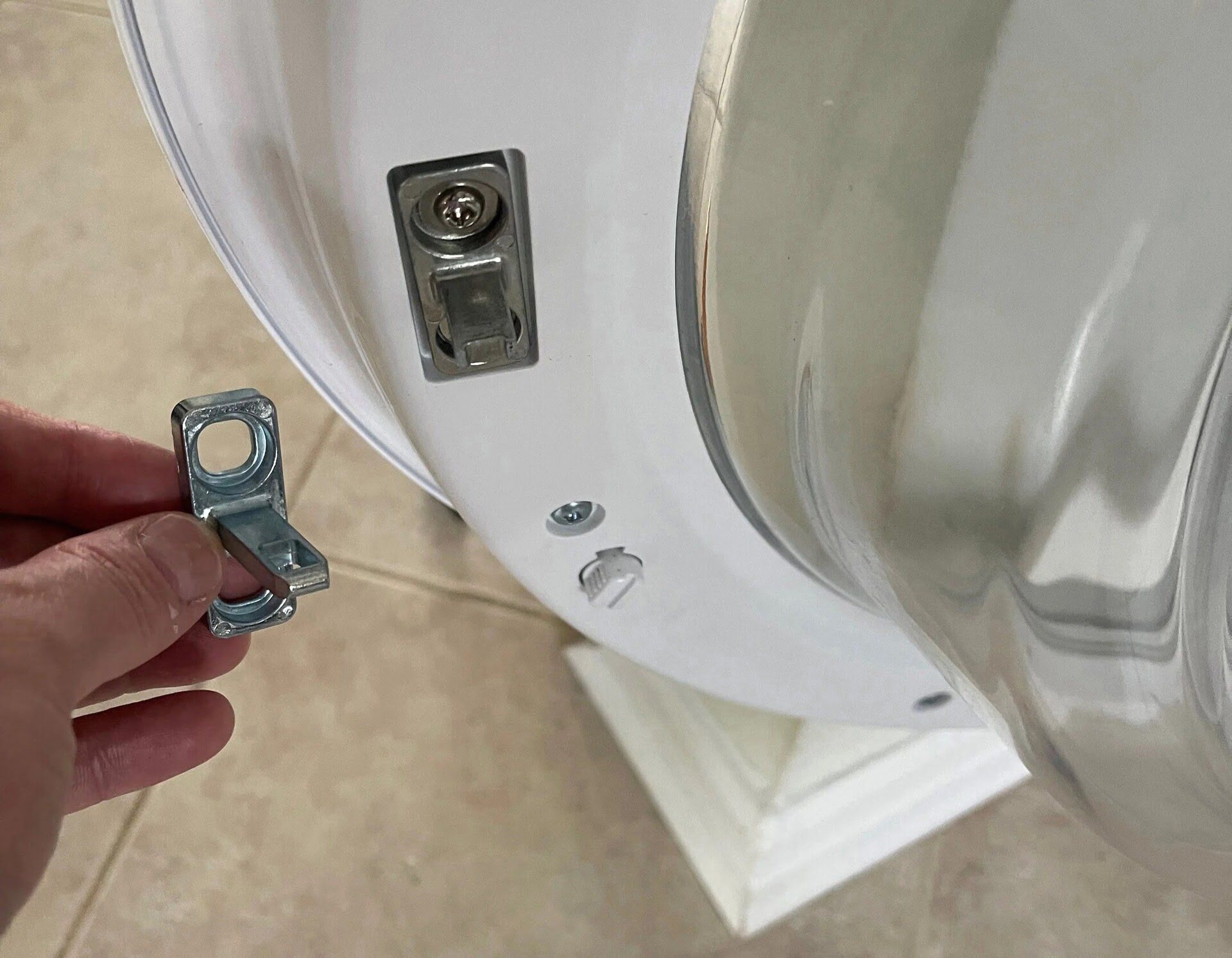

Security & Surveillance
How To Fix Door Lock On Washing Machine
Published: December 27, 2023
Learn how to fix the door lock on your washing machine for improved security and surveillance. Follow our step-by-step guide to ensure your appliance is secure and functioning properly.
(Many of the links in this article redirect to a specific reviewed product. Your purchase of these products through affiliate links helps to generate commission for Storables.com, at no extra cost. Learn more)
Introduction
Washing machines have become an indispensable part of modern life, offering unparalleled convenience and efficiency in laundry care. However, encountering a malfunctioning door lock on your washing machine can be a frustrating experience, disrupting your daily routine and leaving you with a pile of unwashed clothes. Fortunately, with a basic understanding of the door lock mechanism and a few simple tools, you can easily resolve this issue and restore your washing machine to full functionality.
In this comprehensive guide, we will walk you through the process of fixing the door lock on your washing machine, providing step-by-step instructions and essential tips to ensure a successful repair. By following these guidelines, you can save time and money by addressing the problem yourself, without the need for professional assistance.
Before diving into the repair process, it’s important to gather the necessary tools and materials to facilitate a smooth and efficient repair. Once you’re equipped with the right resources, you’ll be ready to tackle the issue with confidence and precision. Let’s embark on this repair journey and restore your washing machine to its optimal condition.
Key Takeaways:
- Safety First!
Before fixing your washing machine’s door lock, prioritize safety by unplugging the machine, wearing protective gear, and working in a well-lit area. Following safety precautions ensures a secure and accident-free repair process. - DIY Repair Success
By identifying, checking, and replacing the door lock, you can restore your washing machine’s functionality with confidence. Embrace your inner home technician and enjoy the satisfaction of a successful DIY repair!
Read more: How To Open A Locked Washing Machine Door
Tools and Materials Needed
Before initiating the repair process, it’s crucial to ensure that you have the appropriate tools and materials at your disposal. Here’s a comprehensive list of the items you’ll need to effectively fix the door lock on your washing machine:
- Screwdriver: A set of screwdrivers, including both flathead and Phillips head, will be essential for accessing and removing components of the washing machine.
- Multimeter: This tool is indispensable for testing the continuity and functionality of electrical components, such as the door lock mechanism.
- New Door Lock: Depending on the diagnosis, you may need to acquire a replacement door lock specific to your washing machine model.
- Protective Gloves: Ensure your safety by wearing protective gloves throughout the repair process to prevent any injuries or electrical shocks.
- Owner’s Manual: Having the washing machine’s owner’s manual on hand can provide valuable insights and guidance specific to your appliance.
- Flashlight: A reliable flashlight will aid in illuminating the internal components of the washing machine for better visibility.
- Clean Cloth: Keep a clean cloth or rag nearby to wipe away any dust or debris encountered during the repair.
- Replacement Parts: In addition to the door lock, you may need other replacement parts based on the diagnosis of the issue.
- Electrical Tape: This will come in handy for securing and insulating electrical connections.
- Pliers: A pair of pliers can assist in handling and securing various components during the repair process.
By ensuring that you have these tools and materials readily available, you’ll be well-prepared to address the door lock issue on your washing machine efficiently and effectively.
Step 1: Safety Precautions
Prior to commencing any repair work on your washing machine, it’s imperative to prioritize safety to prevent accidents and ensure a secure working environment. By adhering to the following safety precautions, you can mitigate potential risks and approach the repair process with confidence:
- Unplug the Washing Machine: Begin by disconnecting the washing machine from the power source to eliminate the risk of electric shock during the repair.
- Turn Off the Water Supply: If your washing machine is connected to a water supply, shut off the water valves to prevent any leaks or flooding while accessing the internal components.
- Wear Protective Gear: Equip yourself with protective gloves and, if necessary, safety goggles to safeguard against sharp edges and electrical hazards.
- Work in a Well-Lit Area: Ensure that the repair workspace is well-lit to enhance visibility and minimize the likelihood of errors or accidents.
- Follow Manufacturer’s Guidelines: Refer to the washing machine’s owner’s manual for specific safety instructions and precautions provided by the manufacturer.
- Exercise Caution with Electrical Components: When handling electrical connections and components, proceed with caution and avoid direct contact with live wires to prevent electrical shocks.
- Secure Moving Parts: If accessing components such as the drum or agitator, ensure that the washing machine is powered off and that these moving parts are stationary before proceeding with the repair.
By conscientiously observing these safety measures, you can create a secure working environment and minimize the inherent risks associated with repairing electrical appliances. Prioritizing safety not only protects you from potential harm but also promotes a focused and methodical approach to resolving the door lock issue on your washing machine.
Step 2: Identifying the Issue
Before delving into the repair process, it’s essential to accurately identify the specific issue affecting the door lock on your washing machine. By conducting a thorough assessment, you can pinpoint the root cause of the malfunction and determine the appropriate course of action. Here are some common indicators that can help you identify the issue:
- Unresponsive Control Panel: If the control panel fails to register the door lock status or displays error codes related to the door lock, it indicates a potential malfunction.
- Door Lock Error Messages: Some washing machines have built-in diagnostic features that display error codes when the door lock mechanism encounters a fault. Take note of any error messages shown on the control panel.
- Inability to Start the Cycle: If the washing machine refuses to initiate a wash cycle or remains unresponsive when attempting to start the appliance, the door lock may be the underlying issue.
- Visible Damage or Wear: Inspect the door lock mechanism for any visible signs of damage, such as broken latches, frayed wiring, or corrosion, which can impede its functionality.
- Audible Clicking Noises: When attempting to start the washing machine, listen for audible clicking sounds emanating from the door lock area, as this may indicate a faulty mechanism struggling to engage.
By carefully assessing these indicators and conducting a visual inspection of the door lock mechanism, you can gain valuable insights into the nature of the issue. Additionally, consulting the washing machine’s owner’s manual for troubleshooting guidance and error code interpretations can further aid in the identification process.
Once you’ve gathered relevant information and observed the symptoms associated with the door lock malfunction, you’ll be better equipped to proceed with the subsequent steps of the repair process, tailored to address the specific issue at hand.
Check the door latch and the striker on the washing machine for any damage or debris. Clean or replace as needed to ensure a proper connection and fix the door lock issue.
Step 3: Checking the Door Lock Mechanism
With a clear understanding of the symptoms and indicators associated with the door lock issue, the next step involves a comprehensive examination of the door lock mechanism to assess its functionality and pinpoint any underlying faults. Follow these systematic steps to thoroughly check the door lock mechanism:
- Accessing the Door Lock: Depending on the washing machine model, the door lock mechanism is typically located near the opening of the appliance. Use your screwdriver to carefully remove any panels or covers obstructing access to the door lock assembly.
- Inspecting the Wiring: Once the door lock is accessible, visually examine the wiring connections leading to the mechanism. Look for any loose, frayed, or damaged wires that may impede the electrical flow to the door lock.
- Testing for Continuity: Utilize a multimeter set to measure continuity to test the electrical connections within the door lock mechanism. This will help determine if the electrical circuit is intact and functioning as intended.
- Assessing the Latch and Switches: Evaluate the physical components of the door lock, including the latch and switches, to ensure they are operating smoothly and engaging properly when the door is closed.
- Cleaning and Lubricating: If the door lock components appear dirty or obstructed, gently clean the mechanism and apply a small amount of lubricant to the moving parts to facilitate smooth operation.
- Reassembly and Testing: After inspecting and potentially addressing any issues with the door lock mechanism, reassemble any removed panels or covers and proceed to test the washing machine to gauge the effectiveness of the examination and any corrective measures taken.
By meticulously scrutinizing the door lock mechanism and conducting the outlined checks, you can gain valuable insights into the condition of the components and identify any specific areas requiring attention or potential replacement. This thorough assessment serves as a crucial foundation for the subsequent steps in the repair process, ensuring that the root cause of the door lock malfunction is accurately identified and addressed.
Read more: How To Fix Lid Lock On Maytag Washer
Step 4: Replacing the Door Lock
If the previous inspection reveals irreparable damage or faults within the door lock mechanism, the next course of action involves replacing the faulty component with a new door lock. Follow these comprehensive steps to seamlessly execute the replacement process:
- Acquiring the Replacement Part: Obtain a replacement door lock that is compatible with your specific washing machine model. Refer to the washing machine’s manual or consult with a professional to ensure you procure the correct component.
- Disconnecting the Power: Prior to initiating the replacement, unplug the washing machine from the power source to eliminate the risk of electrical hazards during the installation process.
- Removing the Defective Door Lock: Utilize your screwdriver to carefully detach the defective door lock from its position, taking note of the orientation and arrangement of the wiring connections for reassembly.
- Installing the New Door Lock: Securely position the new door lock in place, ensuring that the wiring connections are accurately reattached as per the original configuration. Exercise caution to avoid damaging the delicate wiring during installation.
- Testing the Replacement: Once the new door lock is installed, conduct a preliminary test by powering on the washing machine and ensuring that the door lock engages and disengages correctly in response to the appliance’s operation.
- Reassembling the Panels: After confirming the functionality of the replacement door lock, reattach any panels or covers that were removed to access the mechanism, ensuring that they are secured in place.
- Final Testing: Perform a full test cycle on the washing machine to validate the effectiveness of the replacement door lock and ensure that the appliance operates seamlessly without any door lock-related issues.
By methodically executing these steps, you can seamlessly integrate a new door lock into your washing machine, effectively resolving the previous malfunction and restoring the appliance to optimal working condition. The replacement process, when carried out with precision and attention to detail, serves as a definitive solution to address door lock issues and ensure the reliable functionality of your washing machine.
Step 5: Testing the Washing Machine
Following the successful replacement of the door lock mechanism, it is imperative to conduct a comprehensive testing phase to validate the effectiveness of the repair and ensure that the washing machine operates seamlessly. By adhering to the following testing procedures, you can confidently assess the functionality of the appliance and confirm the resolution of the door lock issue:
- Powering On the Washing Machine: Reconnect the washing machine to the power source and switch it on, allowing the appliance to initialize and prepare for testing.
- Selecting a Test Cycle: Choose a suitable test cycle on the washing machine’s control panel, such as a standard wash or rinse cycle, to initiate the testing process.
- Observing the Door Lock Engagement: As the selected cycle commences, closely monitor the door lock mechanism to ensure that it engages and secures the door as intended, indicating proper functionality.
- Monitoring the Washing Cycle: Throughout the test cycle, observe the washing machine’s operation to confirm that the door lock issue no longer impedes the appliance’s performance, allowing the cycle to proceed without interruptions.
- Verifying Completion and Door Release: Once the test cycle concludes, ensure that the door lock disengages correctly, allowing you to open the washing machine’s door without any resistance or complications.
- Assessing Overall Performance: Evaluate the overall performance of the washing machine during the test cycle, paying attention to factors such as water intake, drainage, spin cycle efficiency, and the absence of abnormal sounds or malfunctions.
- Repeat Testing if Necessary: If any anomalies or recurring issues related to the door lock are observed during the initial testing, consider repeating the testing phase or conducting further diagnostic checks to address any persisting concerns.
By meticulously conducting these testing procedures, you can confidently ascertain the successful resolution of the door lock issue and validate the reliable functionality of your washing machine. A comprehensive testing phase serves as a crucial final step in the repair process, ensuring that the appliance operates flawlessly and meets the expectations of a fully restored and dependable washing machine.
Conclusion
Embarking on the journey to fix the door lock on your washing machine has not only empowered you to address a common appliance malfunction but has also provided valuable insights into the intricate mechanisms that drive these essential household devices. By following the systematic steps outlined in this guide, you have successfully navigated the repair process with confidence and precision, ultimately restoring your washing machine to optimal functionality.
Throughout this repair endeavor, you’ve embraced the role of a capable and resourceful home technician, demonstrating the ability to diagnose, troubleshoot, and implement effective solutions to rectify the door lock issue. Your commitment to safety, attention to detail, and methodical approach have been instrumental in achieving a successful repair outcome, reaffirming the satisfaction and pride that accompany the accomplishment of a hands-on task.
Furthermore, the knowledge and experience gained from this repair endeavor serve as valuable assets, equipping you with a deeper understanding of the inner workings of washing machines and the confidence to address potential issues that may arise in the future. Your newfound proficiency in troubleshooting and repairing appliances underscores your capability to navigate and conquer challenges within the realm of home maintenance and repair.
As you reflect on the journey from identifying the issue to seamlessly integrating a new door lock, you have not only revitalized your washing machine but also honed your skills as a discerning problem-solver and adept home repair enthusiast. With your washing machine now restored to its reliable state, you can confidently embrace the convenience and efficiency it offers, knowing that you have the knowledge and capability to overcome potential obstacles that may arise.
By successfully completing this repair, you’ve not only revitalized an essential appliance but have also reaffirmed your ability to conquer challenges and ensure the smooth operation of your home environment. Your dedication to mastering this repair process exemplifies your commitment to maintaining a functional and harmonious household, setting the stage for future successes in home maintenance and repair endeavors.
Frequently Asked Questions about How To Fix Door Lock On Washing Machine
Was this page helpful?
At Storables.com, we guarantee accurate and reliable information. Our content, validated by Expert Board Contributors, is crafted following stringent Editorial Policies. We're committed to providing you with well-researched, expert-backed insights for all your informational needs.
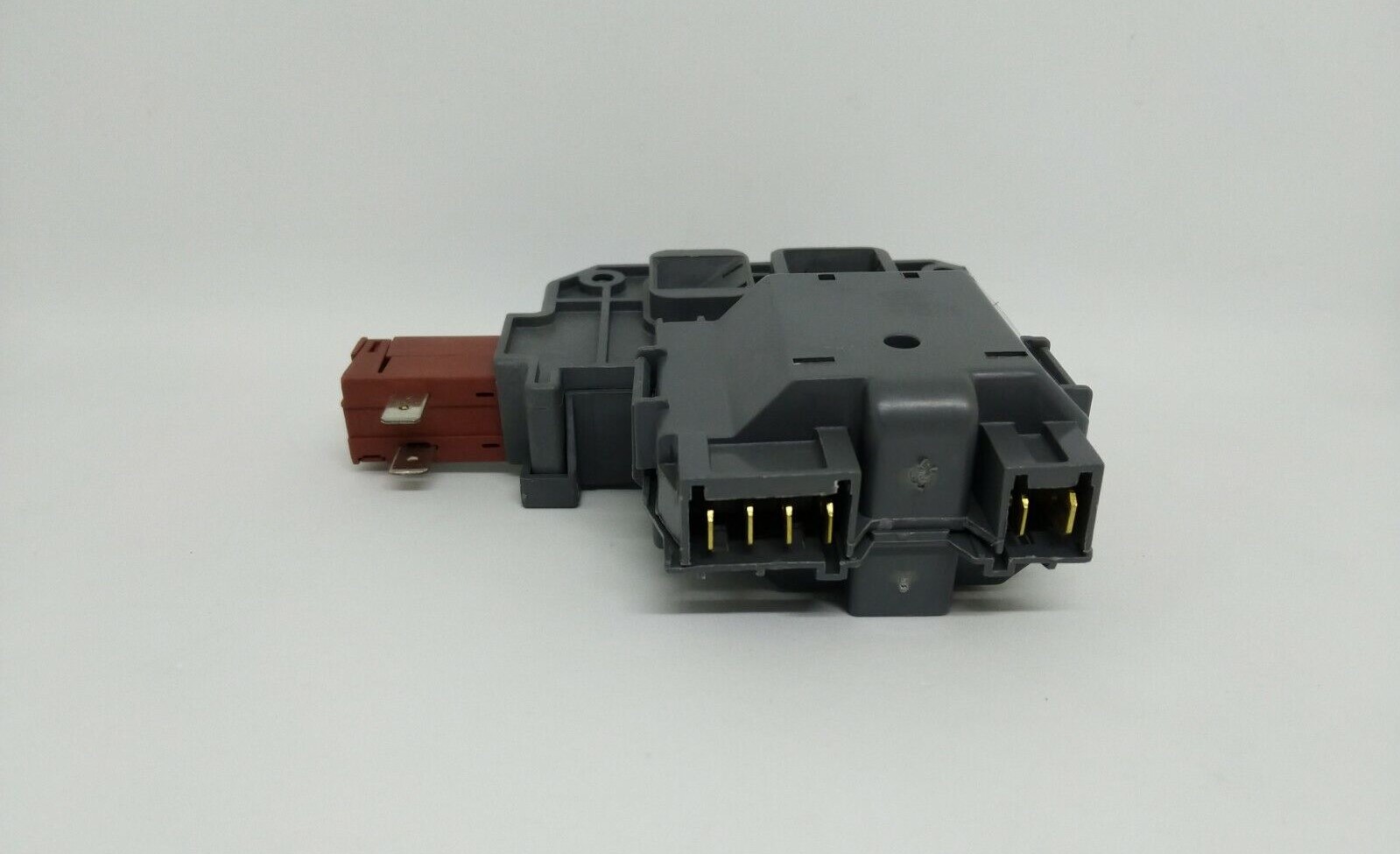
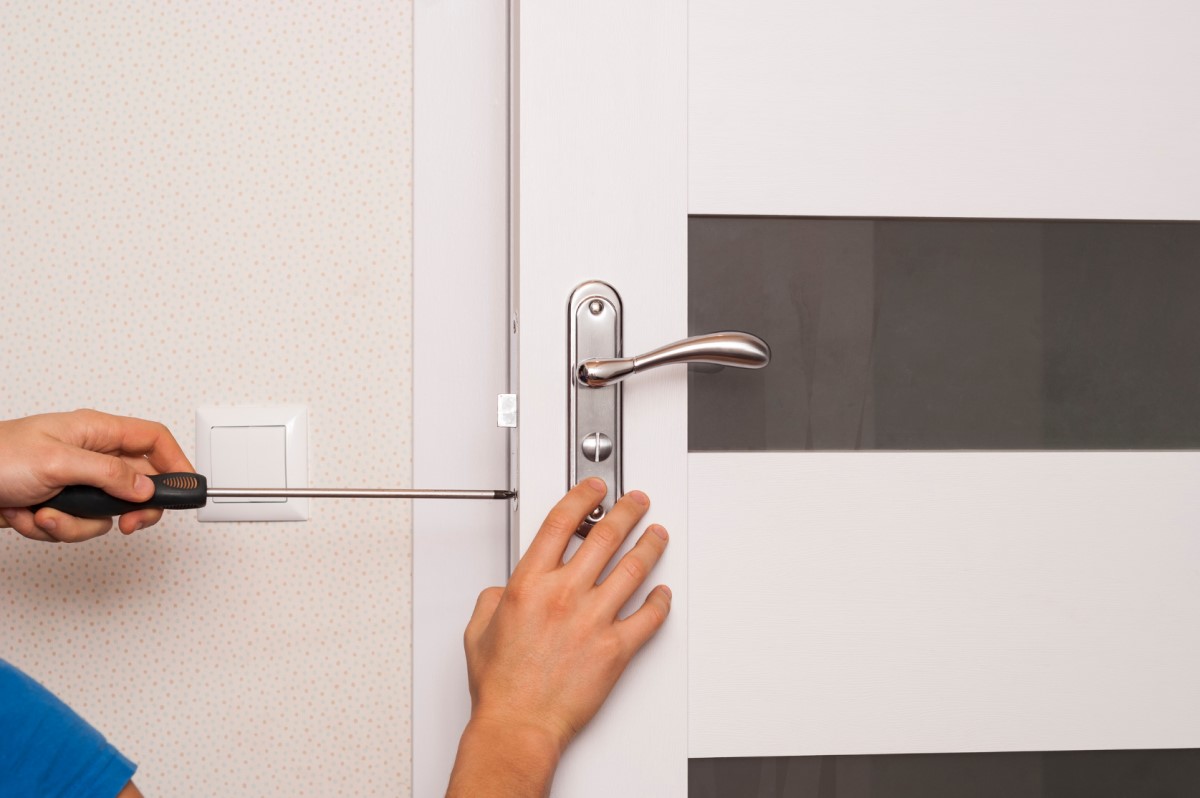
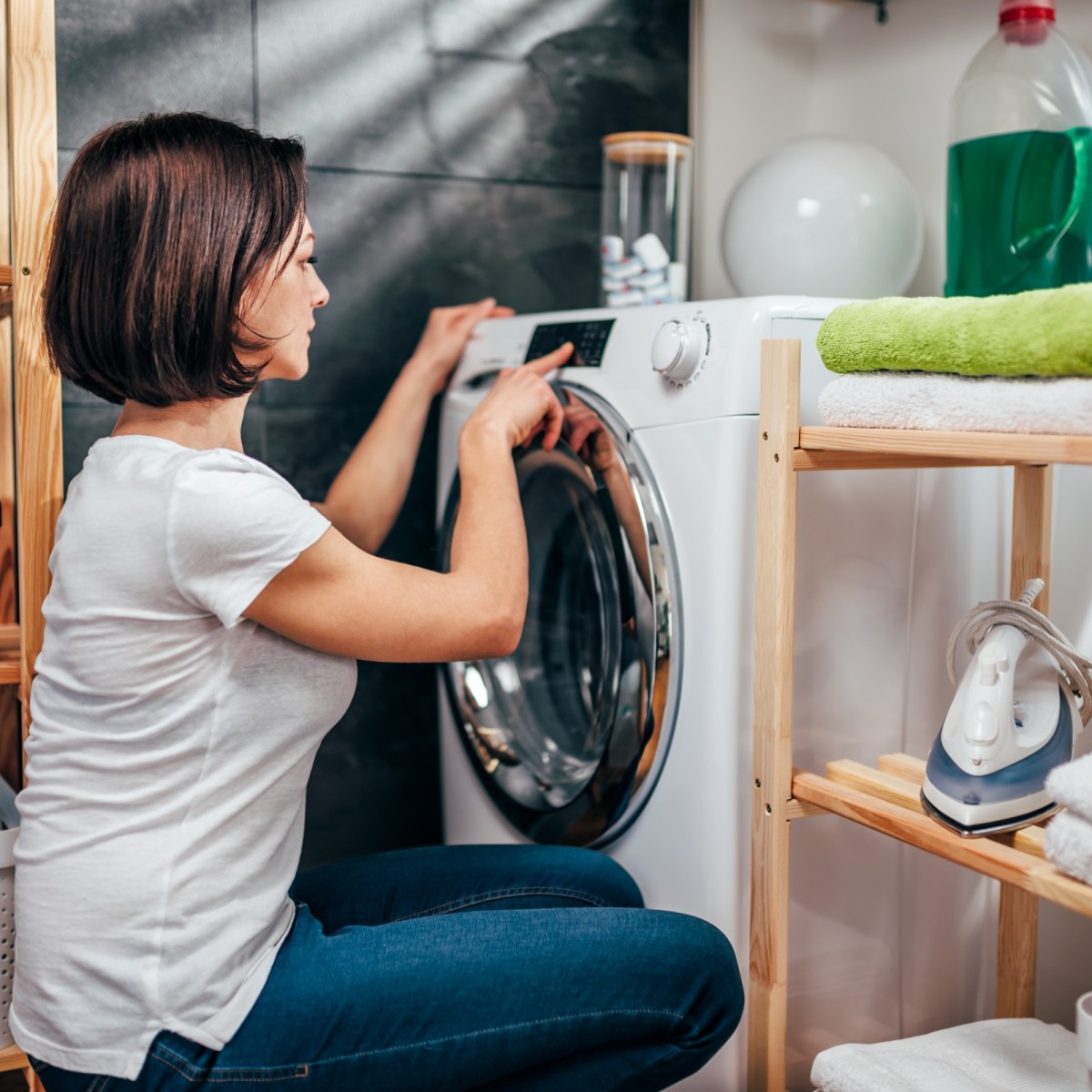
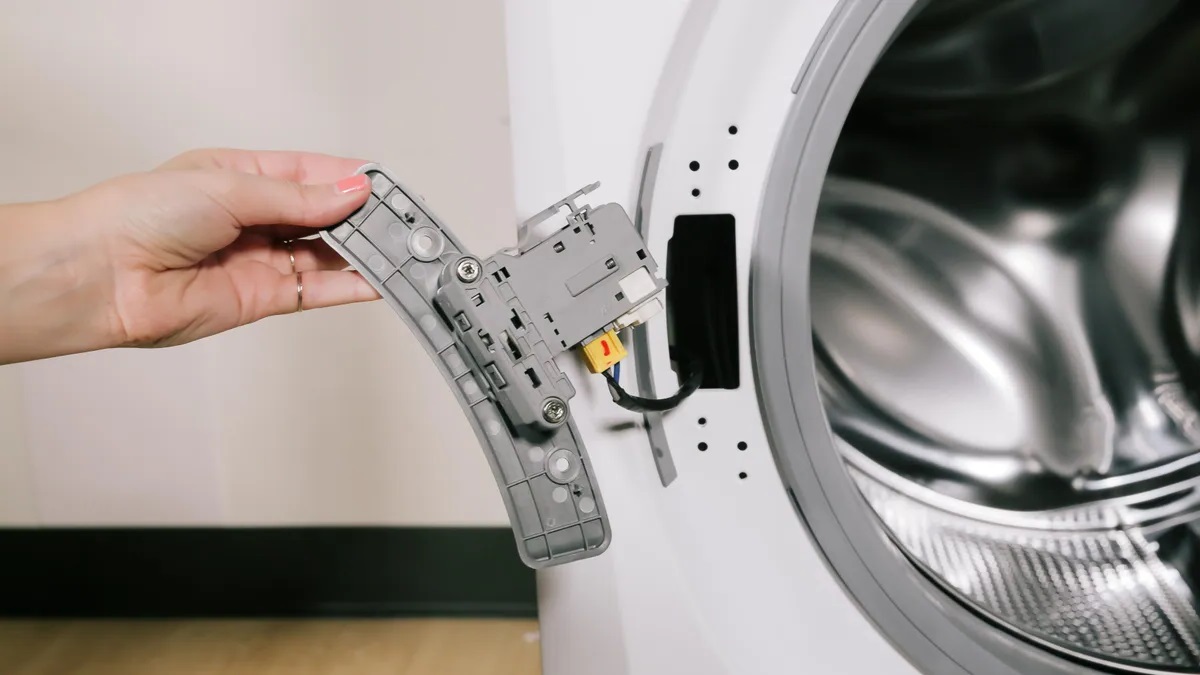
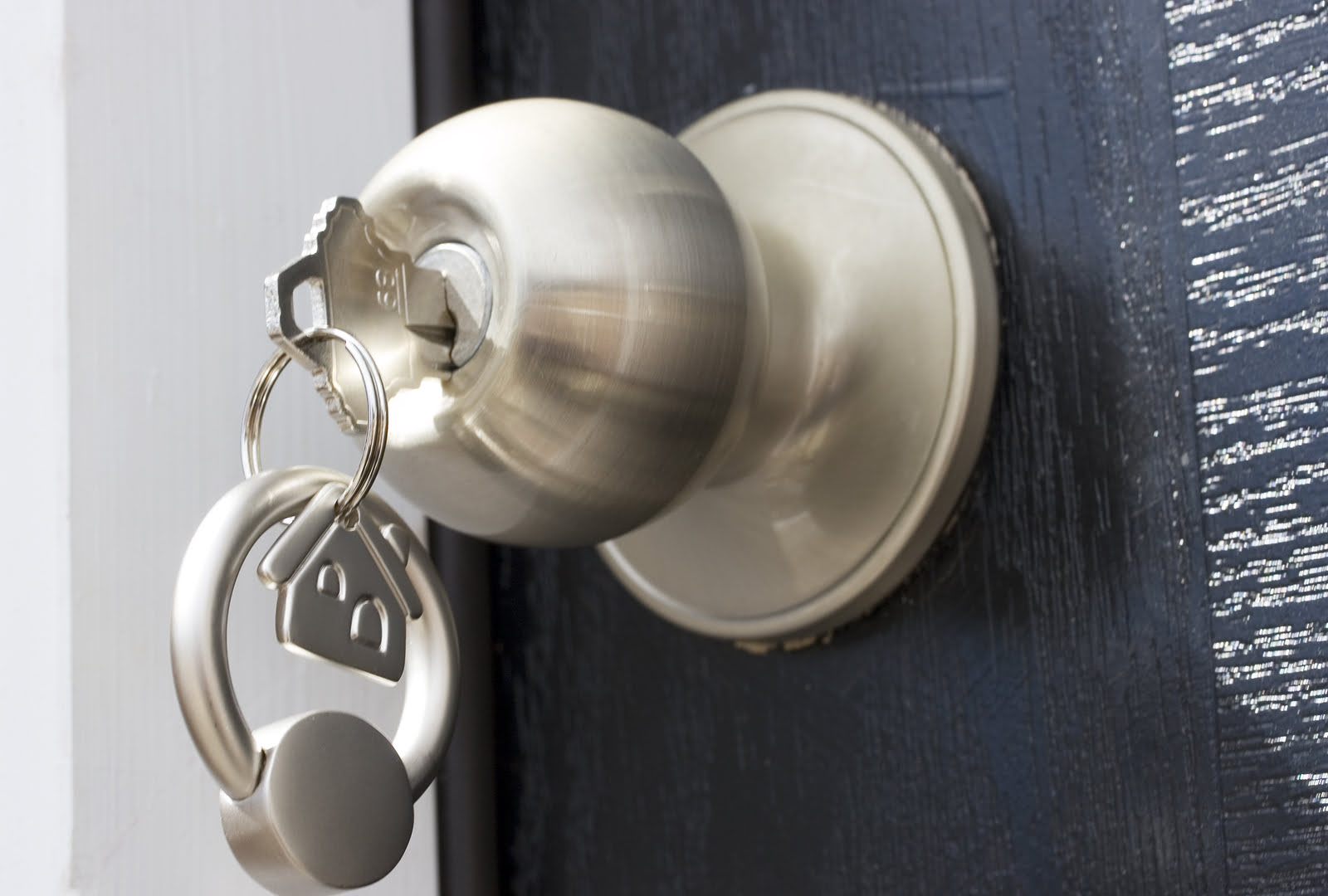
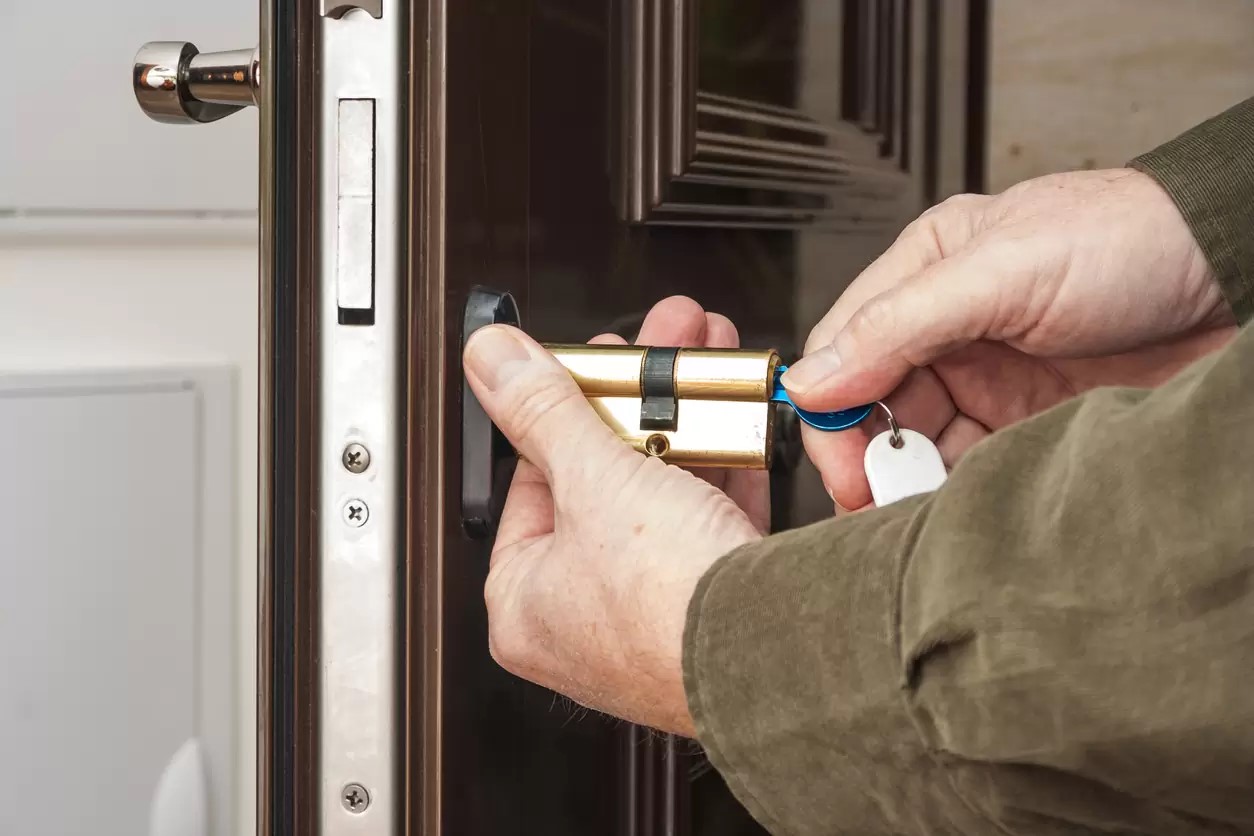
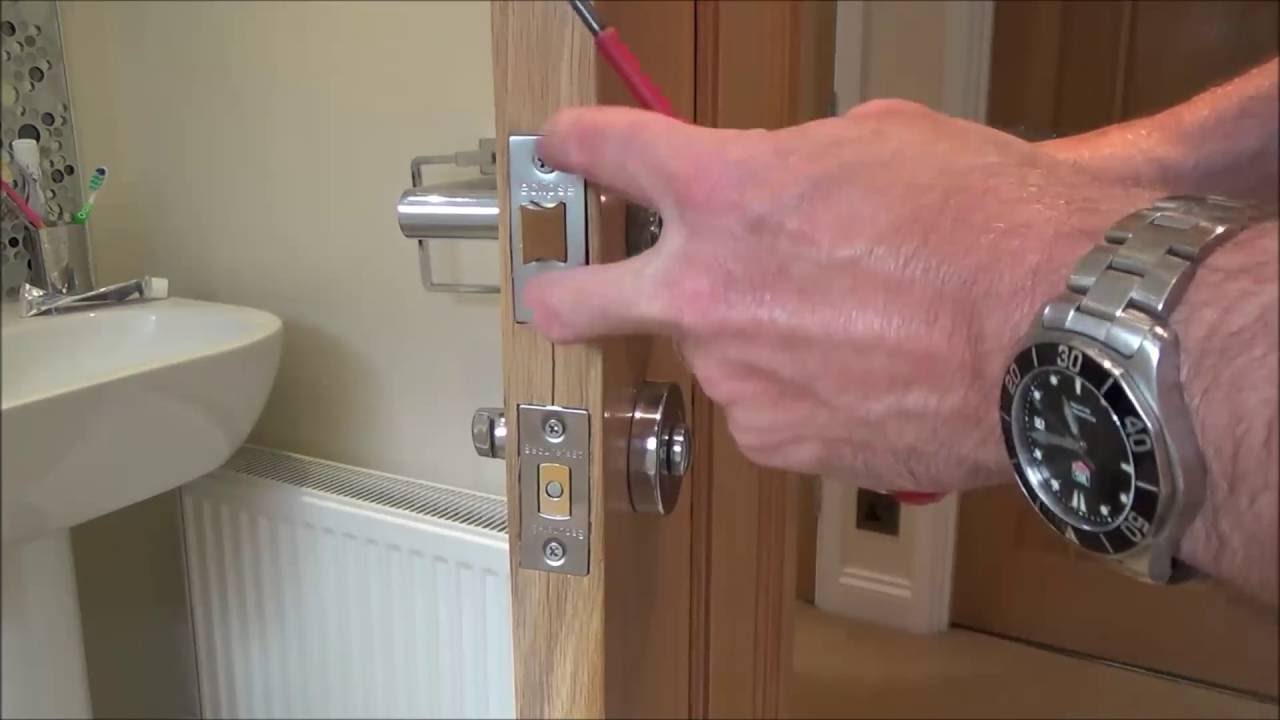
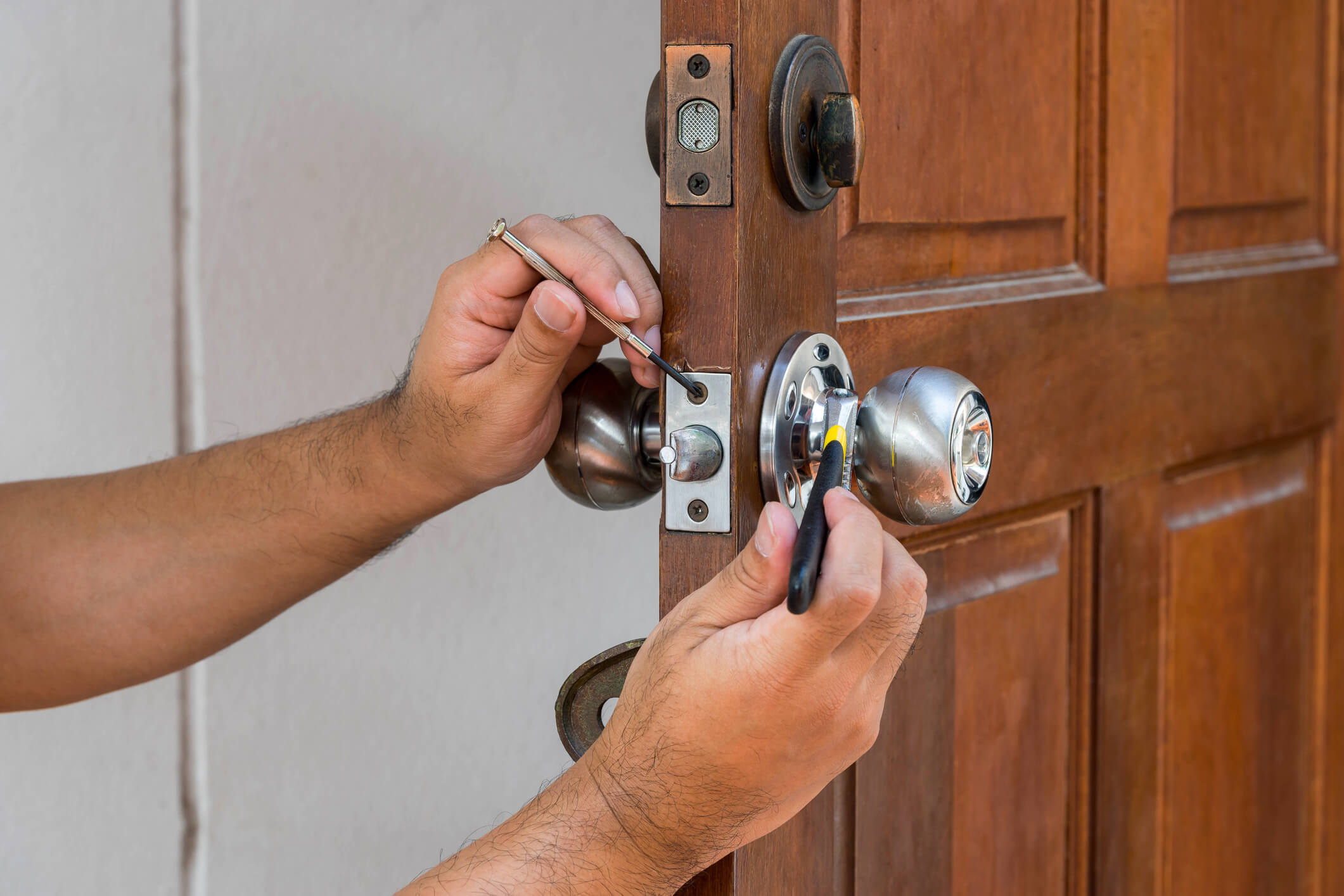
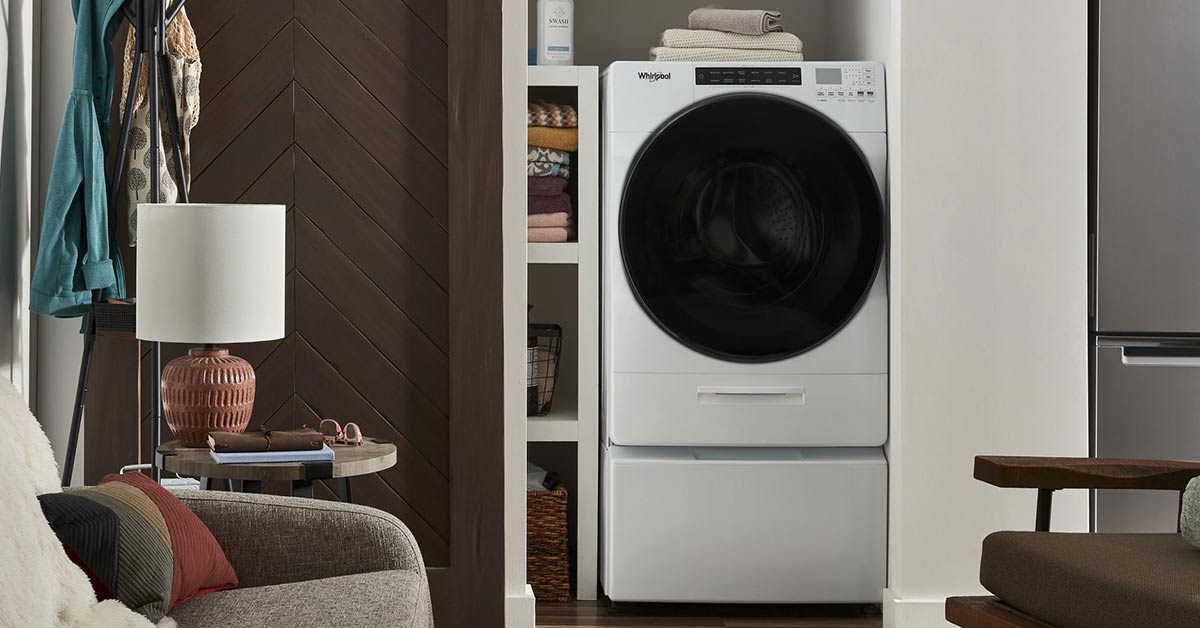
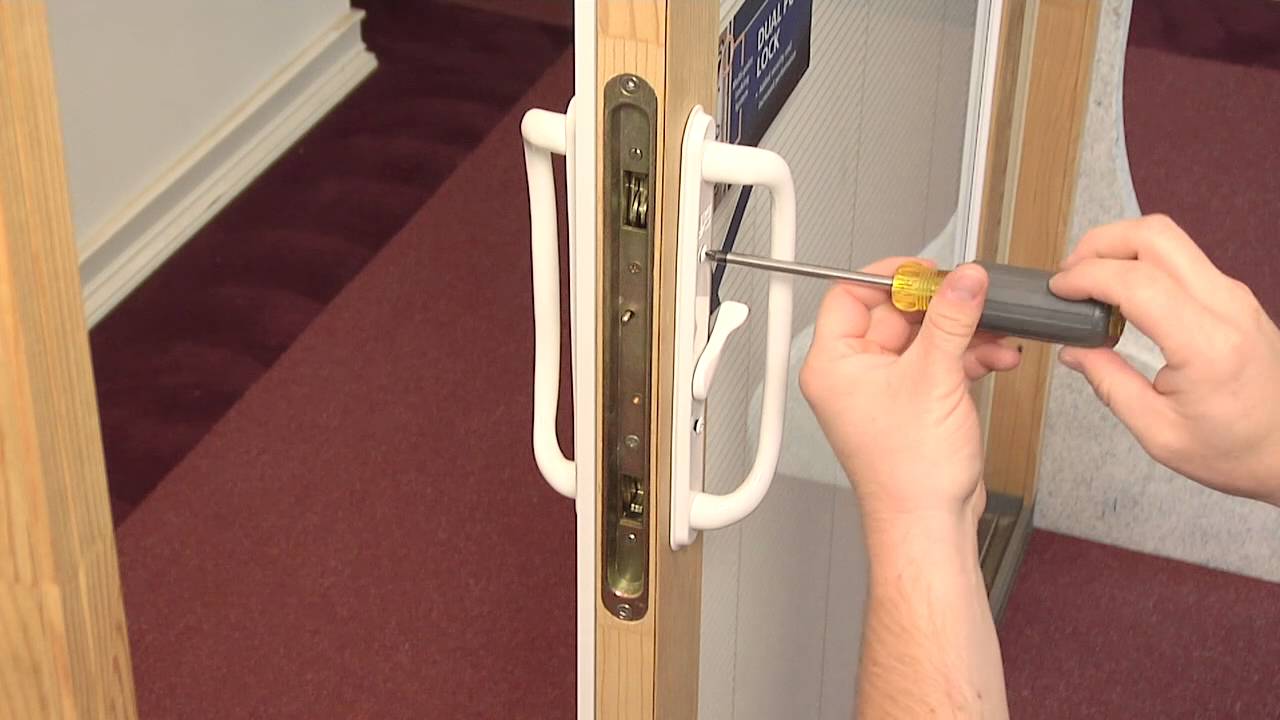
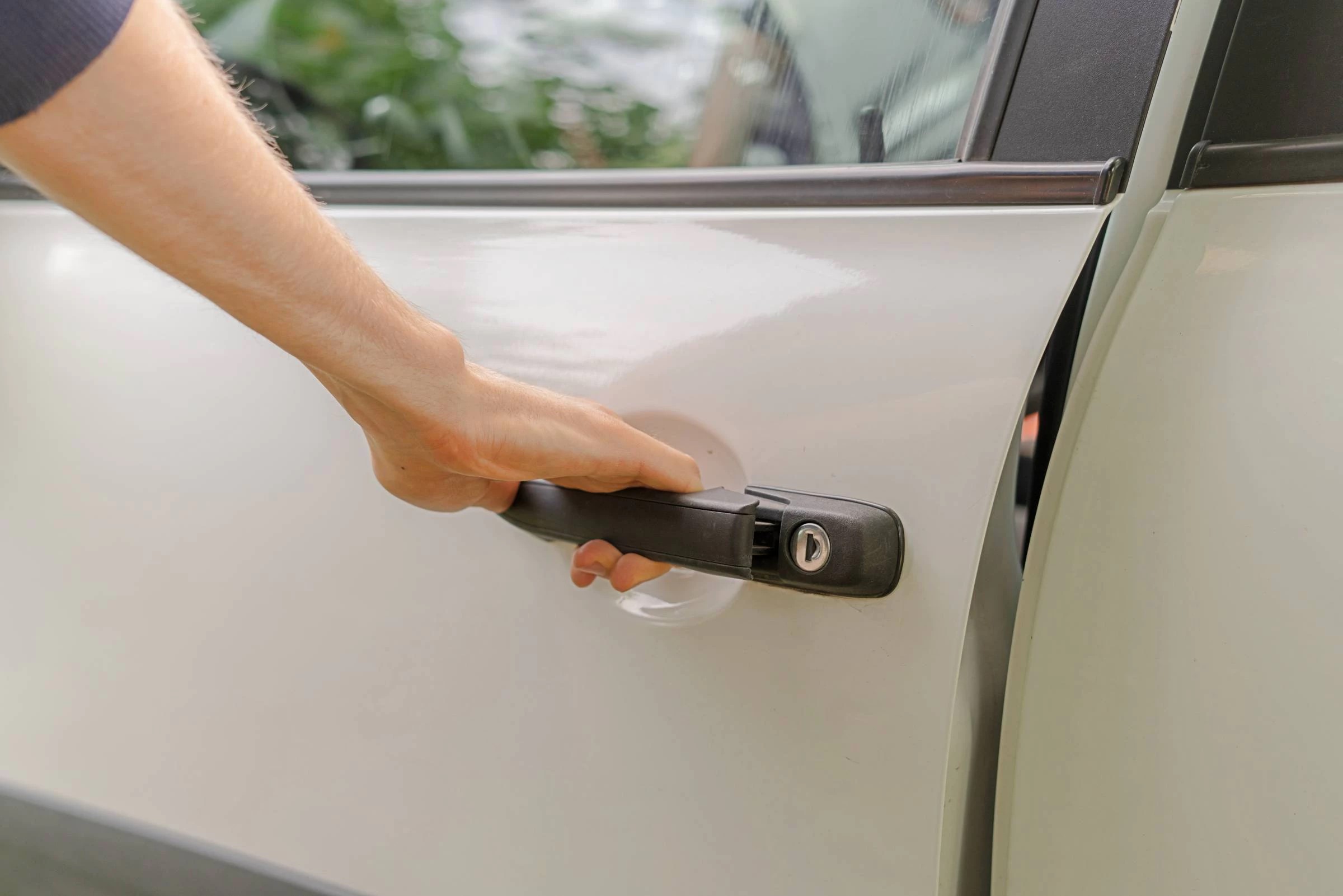
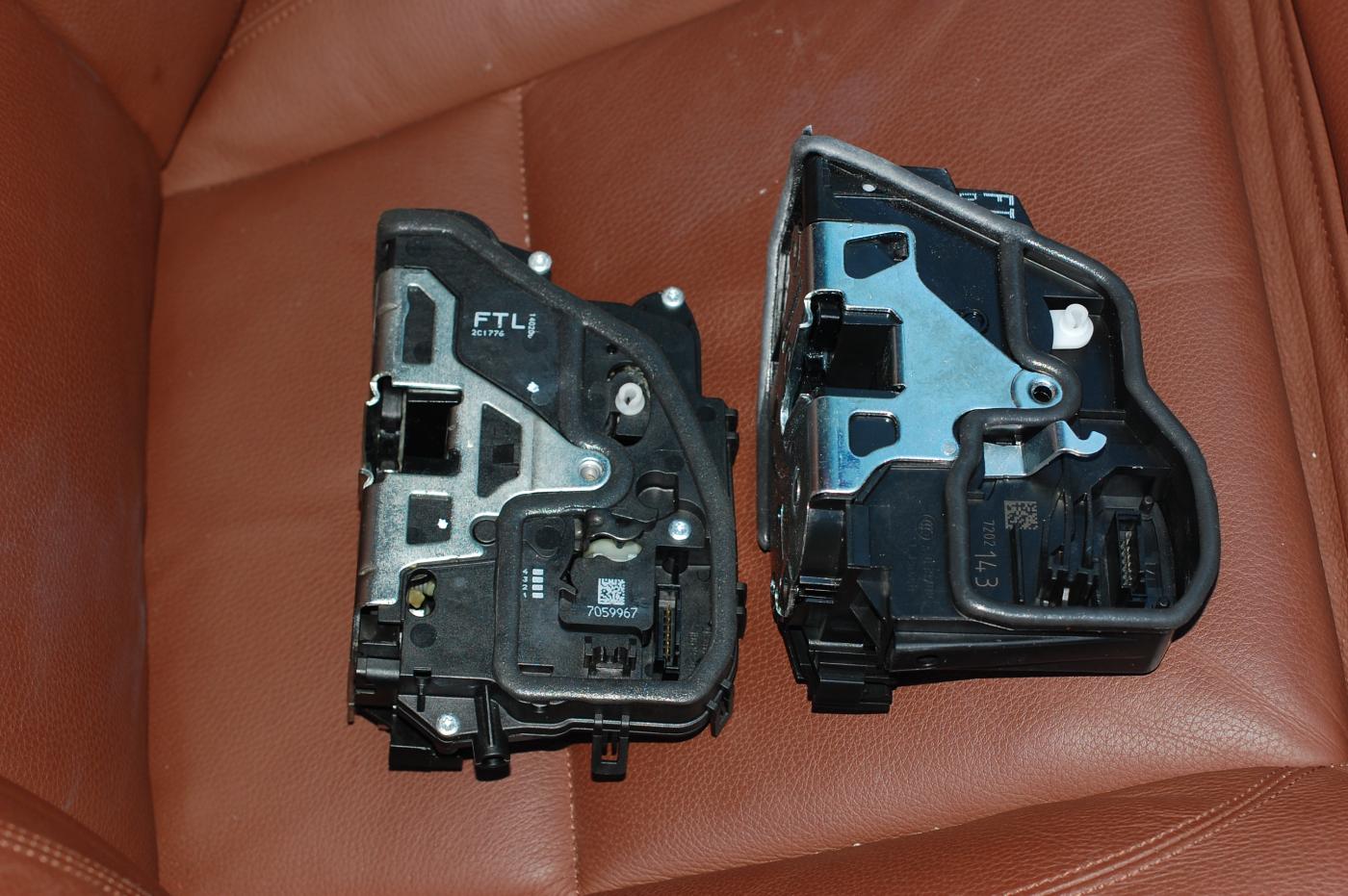
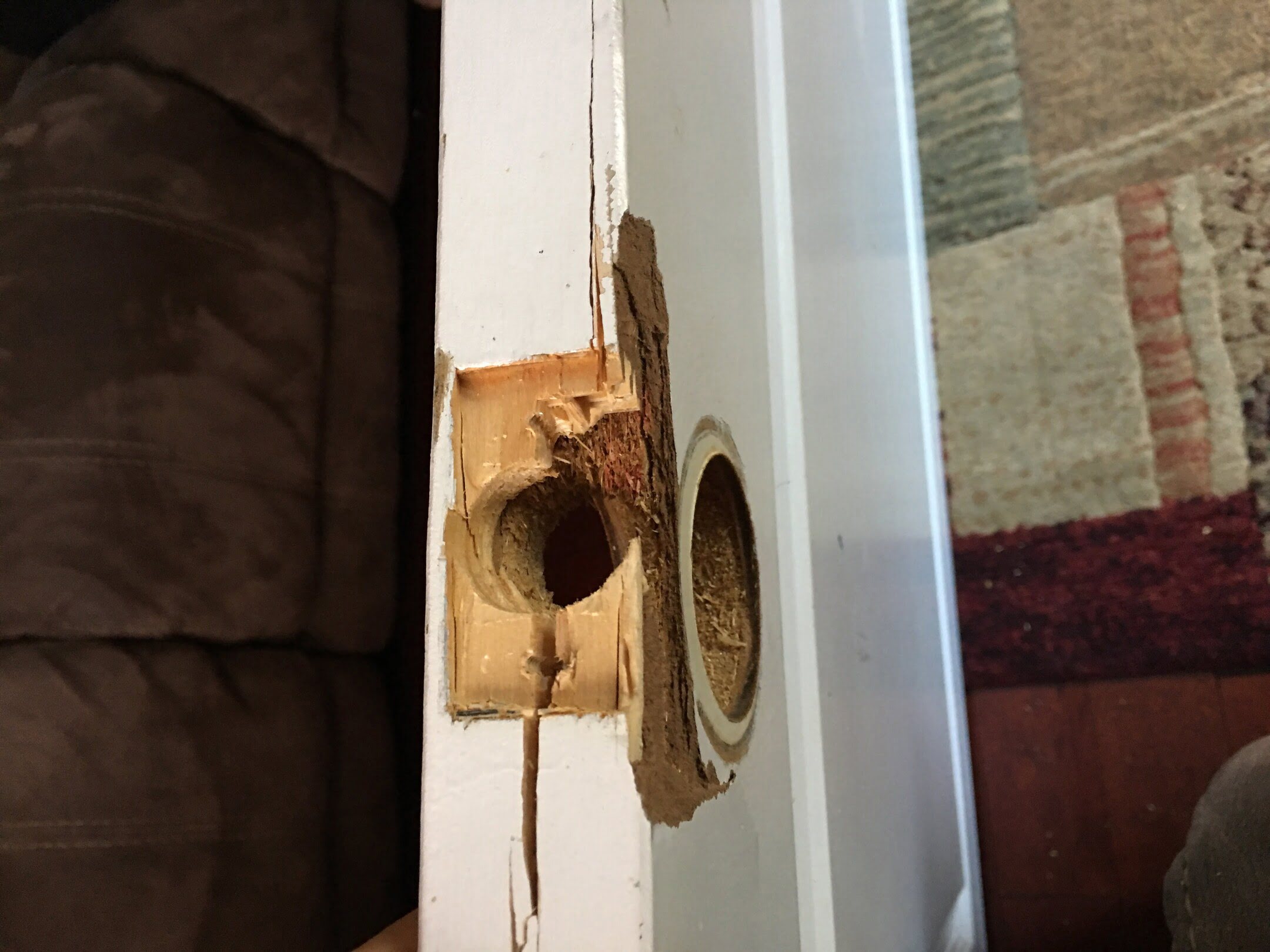
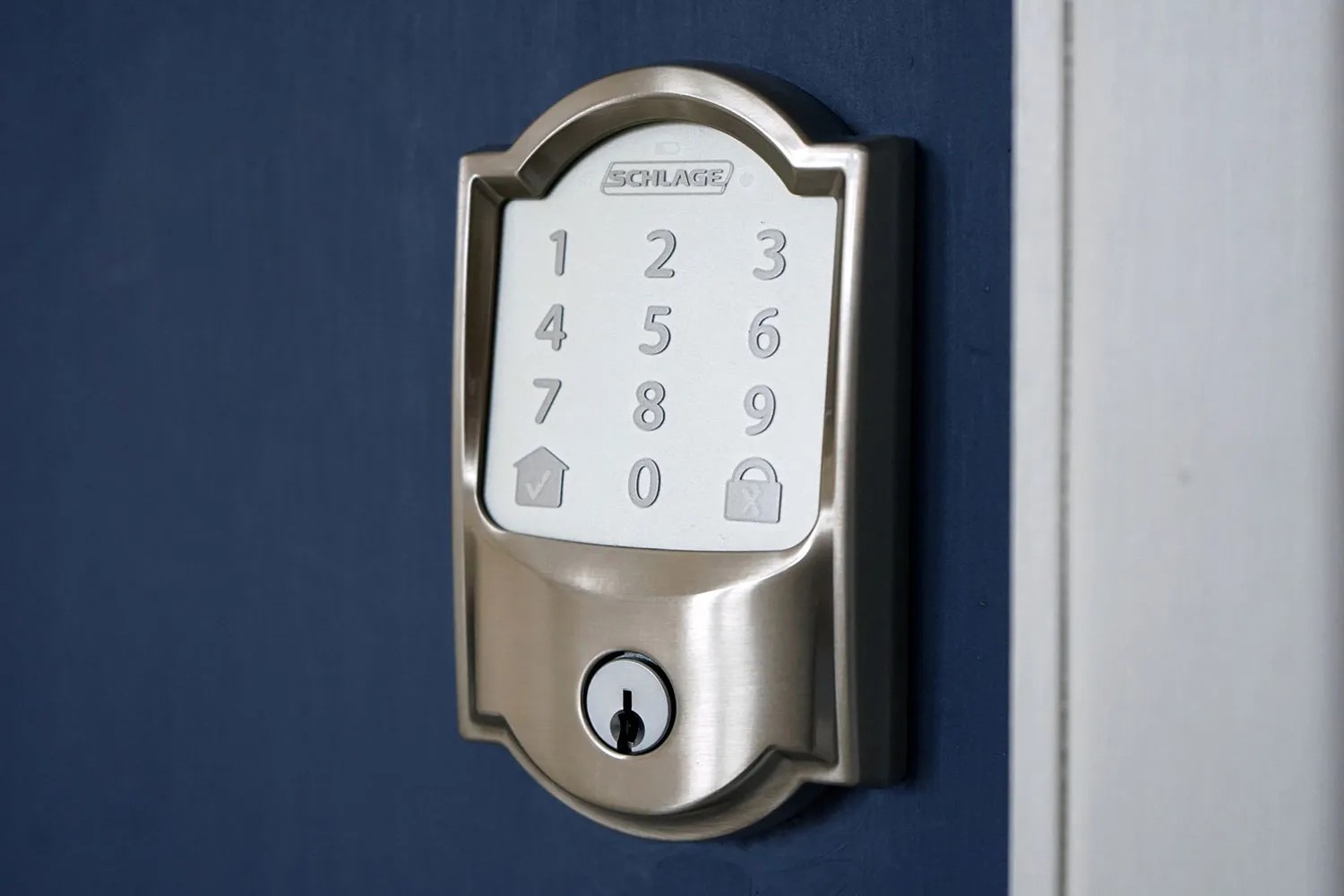

0 thoughts on “How To Fix Door Lock On Washing Machine”